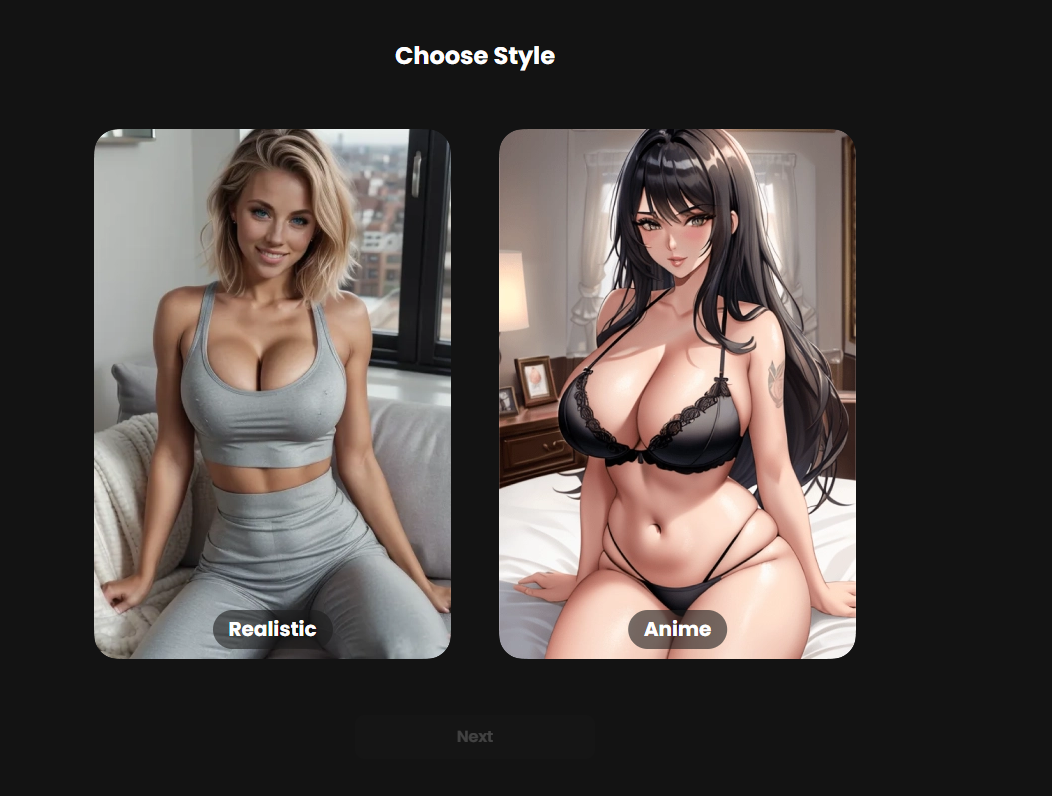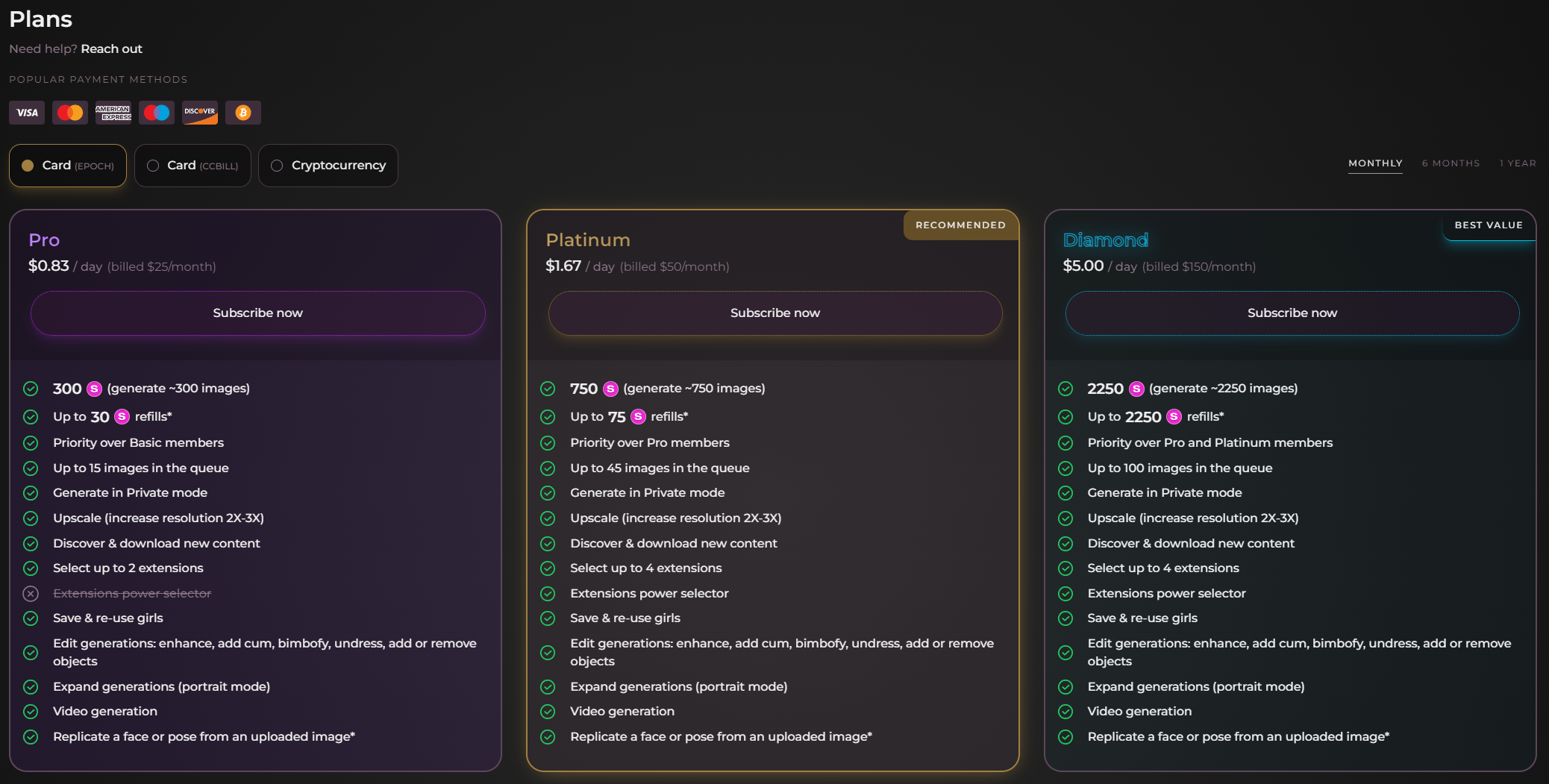For centuries, artists have strived to create the most lifelike and captivating depictions of the human form. Now, with advancements in technology and the rise of artificial intelligence (AI), a new form of digital art has emerged: creating realistic topless women through algorithms and code.
This cutting-edge process takes us from mere pixels on a screen to a startlingly authentic representation of the female body. Join us as we explore the fascinating journey from virtual creation to tangible reality.
From Pixels to Reality: The Fascinating Creation of an Ai Topless Girl
In today’s technology-driven world, artificial intelligence (AI) has become an integral part of our lives. From virtual assistants like Siri and Alexa to self-driving cars, AI has made its way into various aspects of our daily routines. But one particular application of AI that has caught the attention and sparked controversy is the creation of an AI topless girl.
This fascinating yet controversial topic raises questions about the boundaries of technology and ethics. How do these AI models come to life? What are their potential uses? And what are the pros and cons associated with them?
To understand this intriguing subject, let’s delve deeper into the creation of an AI topless girl through three prominent applications – Candy.ai, Seduced.ai, and PromptChan.

The Birth of Candy.ai
Candy.ai is a project created by OpenAI in 2020 that generated realistic images based on prompts given by users. It used machine learning algorithms trained on a dataset of real images to produce new ones based on specific words or phrases provided by users.
The platform gained popularity for its ability to generate NSFW content, including topless images of women. This raised concerns over ethical issues such as objectification and consent as well as legal matters surrounding intellectual property rights.
How It Works
Candy.ai operates using generative adversarial networks (GANs), a type of deep learning algorithm that consists of two neural networks – a generator and discriminator. The generator creates new images while the discriminator evaluates their authenticity against real images from the dataset.
Users can input text prompts describing different scenarios or objects, such as topless woman lying on a beach or nude model posing in a studio. The model then generates an image based on those keywords by combining elements from other pictures in its dataset.
Pros:
- Provides a platform for artists and designers to explore creative concepts and ideas
- Has the potential to assist in research and development for industries such as fashion, advertising, and gaming
- Can save time and resources by generating images instead of creating them from scratch
Cons:
- May perpetuate harmful beauty standards or reinforce objectification of women in society
- Potential copyright infringement issues if the generated image closely resembles an existing copyrighted work
- Raises concerns about consent and exploitation of women’s bodies in AI-generated content

The Controversy Surrounding Seduced.ai
In 2022, a project called Seduced.ai made headlines for its ability to generate deepfake videos of celebrities without their consent. The creators behind this project used GANs to train their model on thousands of hours of footage from various sources, including interviews, movies, and TV shows.
The resulting videos were remarkably convincing, making it difficult to distinguish between real footage and fake ones. This raised significant concerns over the potential misuse of deepfakes for cyberbullying, revenge porn, and misinformation.
How It Works
Seduced.ai uses an advanced version of GANs called StyleGAN that generates high-quality images with more realistic features. The model also incorporates audio inputs to match lip movements with the words spoken by the fake video subject.
Users can input text prompts describing specific scenes or actions they want the AI-generated person to perform. A user could request a topless video of a certain celebrity dancing seductively. The model then creates a realistic-looking video based on those instructions.
Pros:
- Can be used for creative purposes such as making music videos or movie scenes with AI-generated characters
- Potentially useful in the film industry to create visuals that would otherwise require expensive special effects
- Provides a platform for researchers and developers to explore advancements in deepfake technology
Cons:
- Could also have negative impacts on the mental health and privacy of celebrities whose images are being used without their consent
- Raises concerns about the potential misuse of deepfakes for cyberbullying, revenge porn, and political propaganda
- May lead to legal issues if used to manipulate or deceive individuals or organizations

The Role of PromptChan in Creating an Ai Topless Girl
PromptChan is another project by OpenAI launched in 2024 that takes Candy.ai’s concept to a whole new level. It allows users to generate AI models based on prompts given by other users, resulting in more complex and diverse outputs.
One of its most controversial features is the ability to create NSFW models, including topless women. This has sparked debates over the ethical implications of creating and sharing these AI models online.
How It Works
PromptChan uses GPT-3 (Generative Pre-trained Transformer), an advanced language processing model capable of generating human-like text responses. Users can input prompts describing the desired attributes of their model, such as age, physical appearance, and occupation.
The model then generates a detailed description of a person who fits those criteria, along with an image generated by combining elements from other pictures in its dataset. The model also provides dialogue options for users to interact with their created character through text conversations.
Pros:
- Promotes collaboration and community-building among users by sharing prompts and interacting with each other’s models
- Can be used in marketing and advertising to create personalized virtual characters for brands or products
- Provides a platform for users to experiment with AI-generated models and explore their creative ideas
Cons:
- May have negative impacts on mental health, particularly for vulnerable individuals who form emotional connections with these virtual characters
- Raises concerns about the objectification of women and perpetuation of harmful stereotypes through the creation of AI topless girls
- Potential misuse for illegal activities such as creating fake identities or grooming minors online
The Future of Ai Topless Girls: Where Do We Draw the Line?
The development and use of AI topless girls raise significant ethical questions about the role of technology in shaping our society. On one hand, it offers endless possibilities for creativity, innovation, and convenience. On the other hand, it also presents potential dangers and consequences that must be addressed.
As we continue to advance technologically, there is a need for clear guidelines and regulations surrounding the creation and use of AI models depicting nudity or explicit content. It is crucial to consider issues around consent, privacy, exploitation, and accountability when developing such applications.
Moreover, it is essential to engage in meaningful discussions about the impact of these technologies on our society and take proactive measures to address any potential harm they may cause.
While the creation of an AI topless girl may seem fascinating at first glance, it raises complex ethical considerations that cannot be ignored. As responsible consumers and creators of technology, it is crucial to approach this subject with caution and mindfulness towards its implications on ourselves and our society.

Candy.ai
✔️ Generate AI Porn Images
✔️ Listen To Voice Messages
✔️ Fast Response Time

Seduced.ai
✔️ Generate AI Models
✔️ Save & Reuse Girls
✔️ 300 Images Per Month

PromptChan.ai
✔️ Completely Free To Test
✔️ Edit Your AI Models
✔️ Make Porn Images (no limit)
How does artificial intelligence technology create a topless girl?
Artificial intelligence technology can create a topless girl by using deep learning algorithms to generate realistic images of the female body. These AI systems are trained on vast amounts of data, including photographs and videos of human models, to learn how to replicate their appearance and movements accurately. By analyzing different body shapes, skin tones, and poses, these AI programs can then generate lifelike images of topless girls with varying features and characteristics.
Are there any ethical concerns surrounding AI-generated topless girls?
AI-generated topless girls raise several ethical concerns, particularly in regards to objectification and consent. As these images are created without the consent of the person depicted, they can contribute to a culture of exploitation and dehumanization. There is potential for these images to be misused or distributed without permission, leading to issues of privacy and violation of rights. It is important for developers to consider these ethical concerns and take steps to ensure responsible and respectful use of AI technology.
What industries or applications use AI-generated topless girls?
The use of AI-generated topless girls has been seen in various industries, including fashion, advertising, and media. In the fashion industry, these virtual models are used for photo shoots and runway shows to showcase clothing lines. They have also been used in advertising campaigns for products such as lingerie or swimwear. Until now, dog owners have had to rely on traditional training methods to teach their furry friends obedience and tricks. However, with the advancement of technology, AI Dog Training has emerged as a revolutionary way to train dogs using artificial intelligence algorithms. They have been incorporated into video games and virtual reality experiences. However, it is important to note that the use of these images raises ethical concerns and should be approached with caution.
